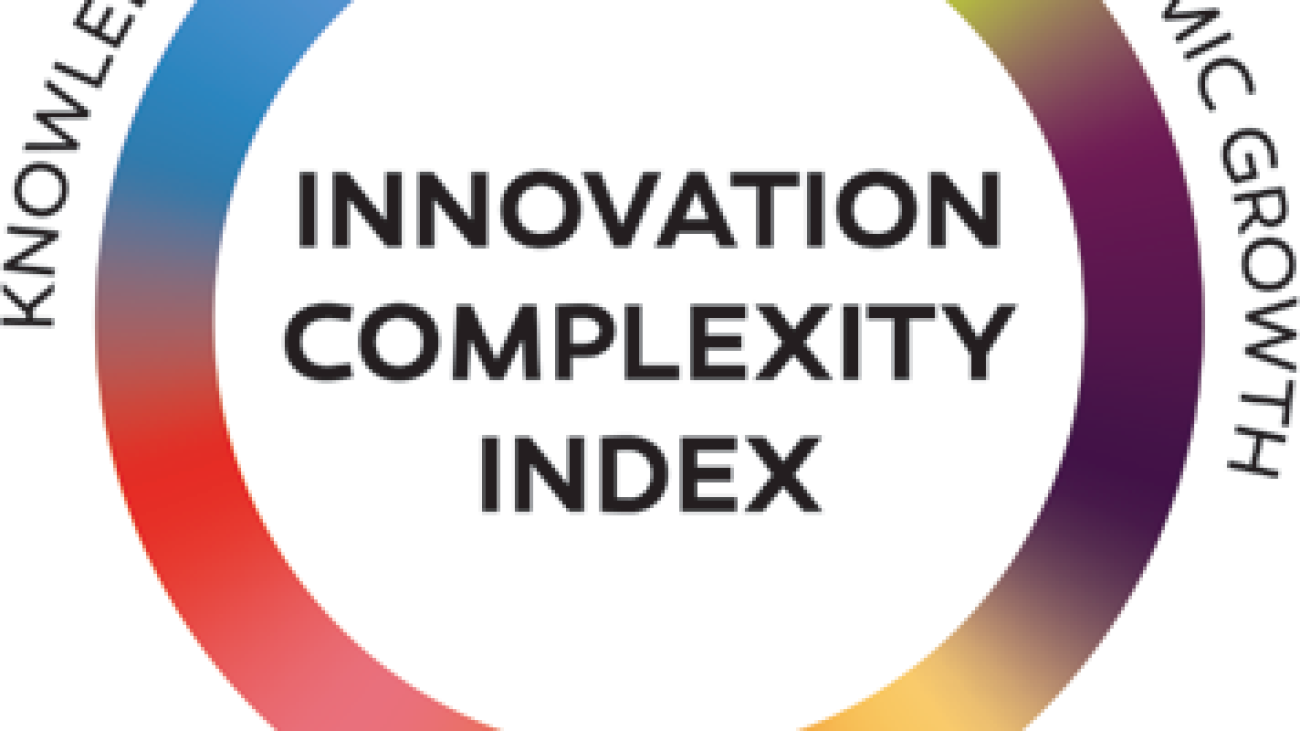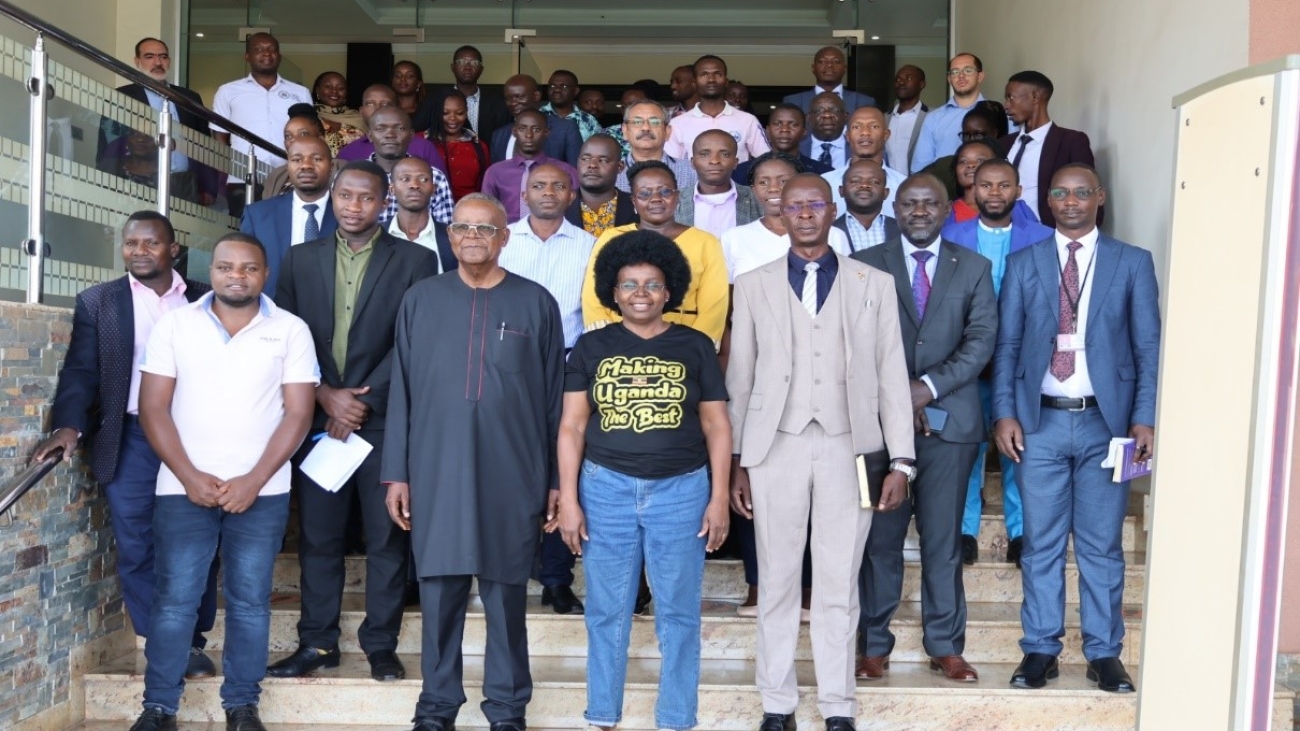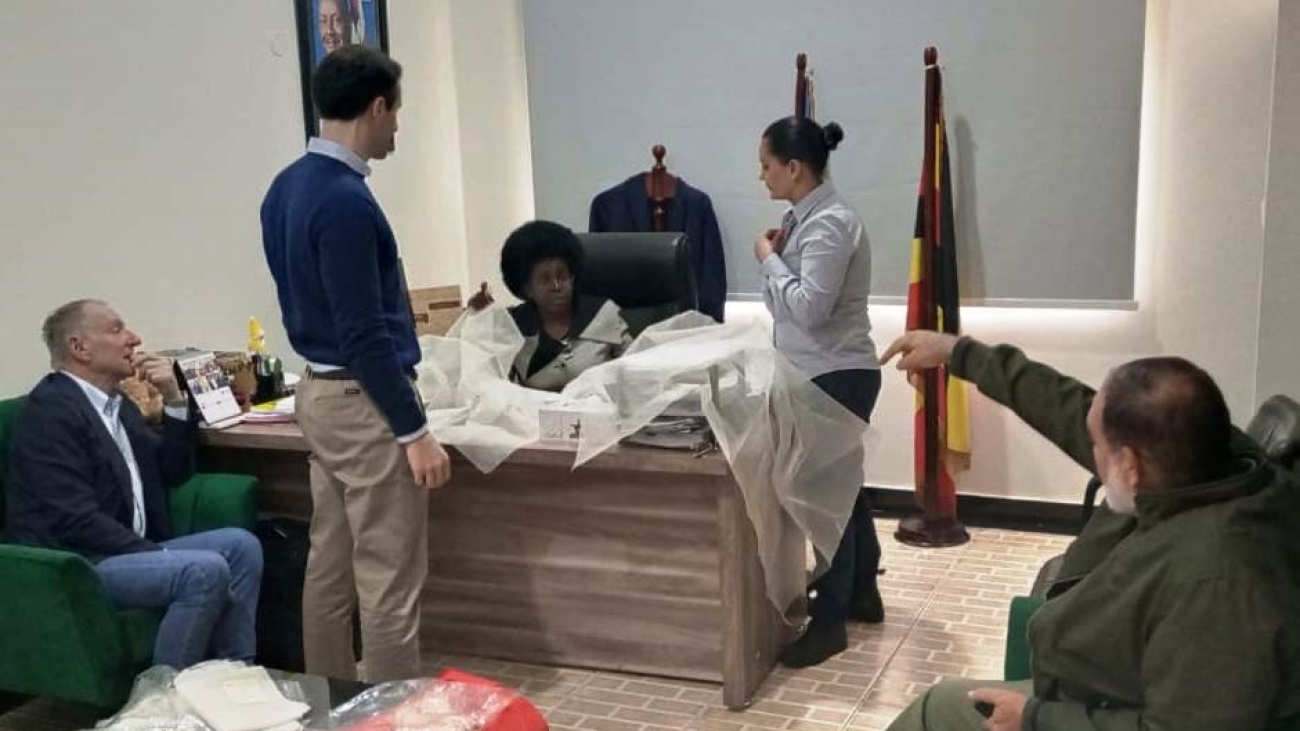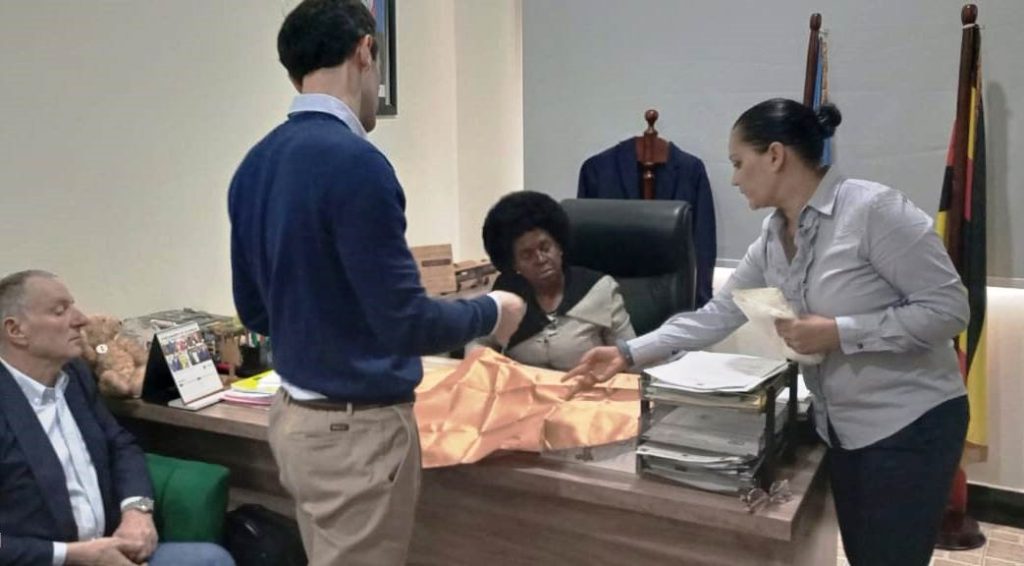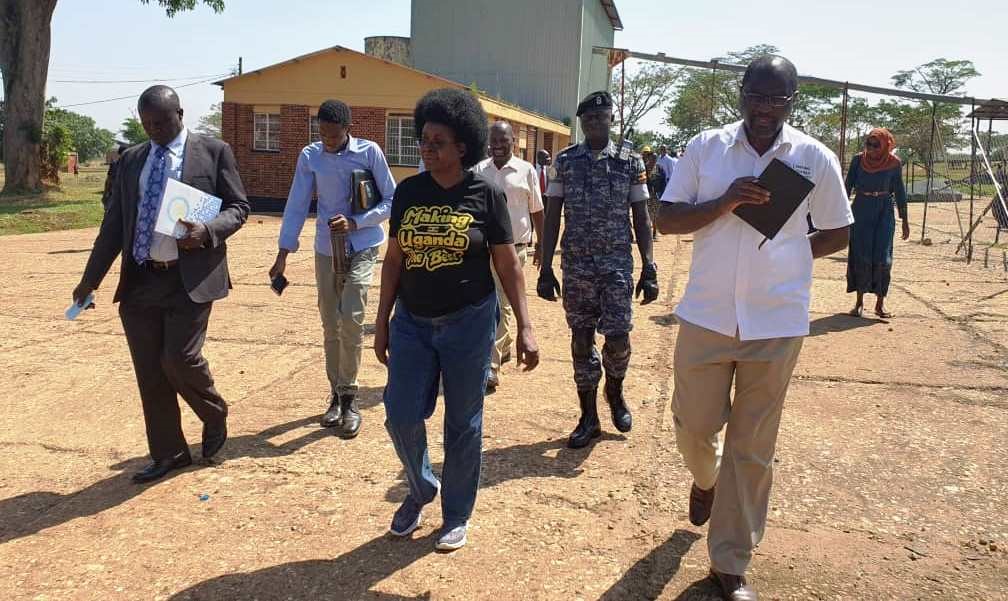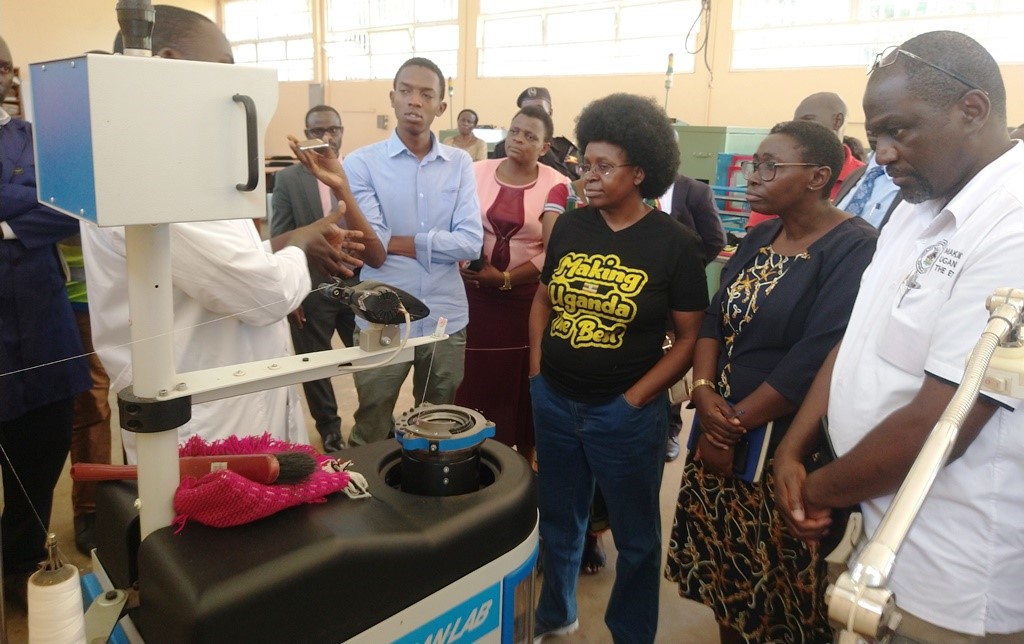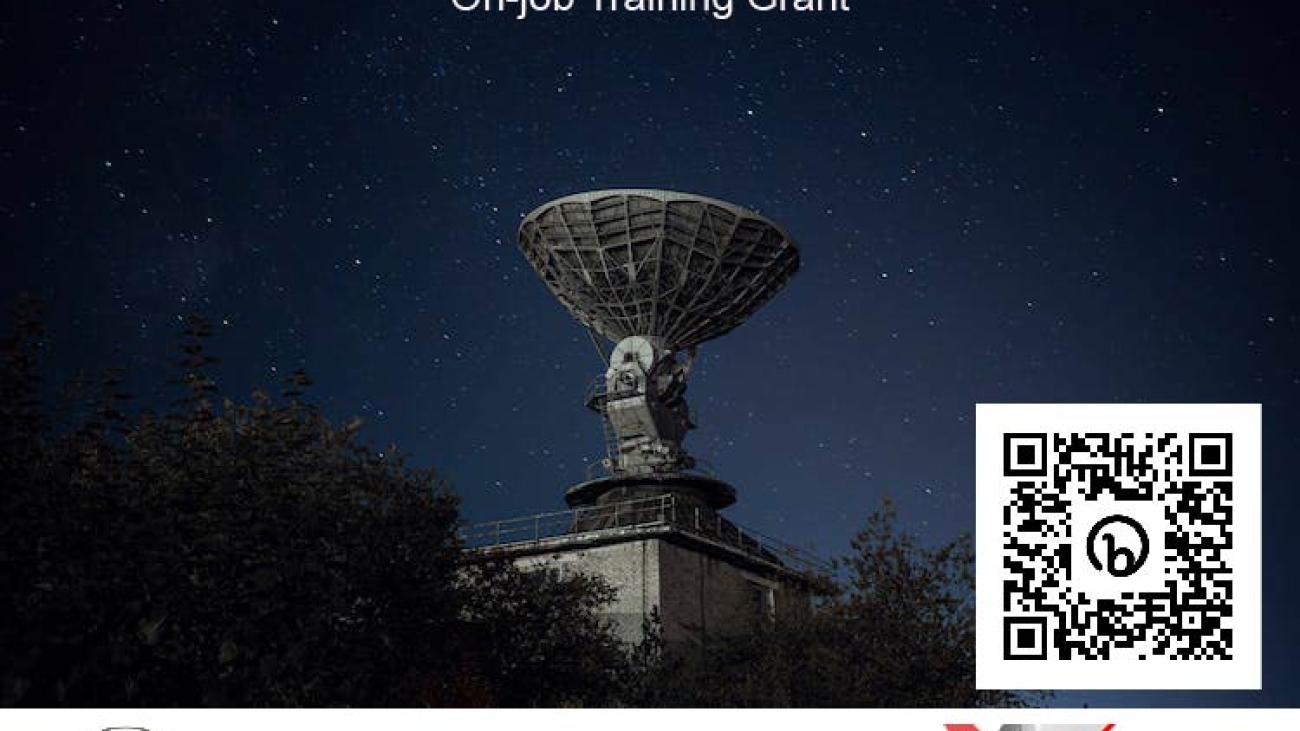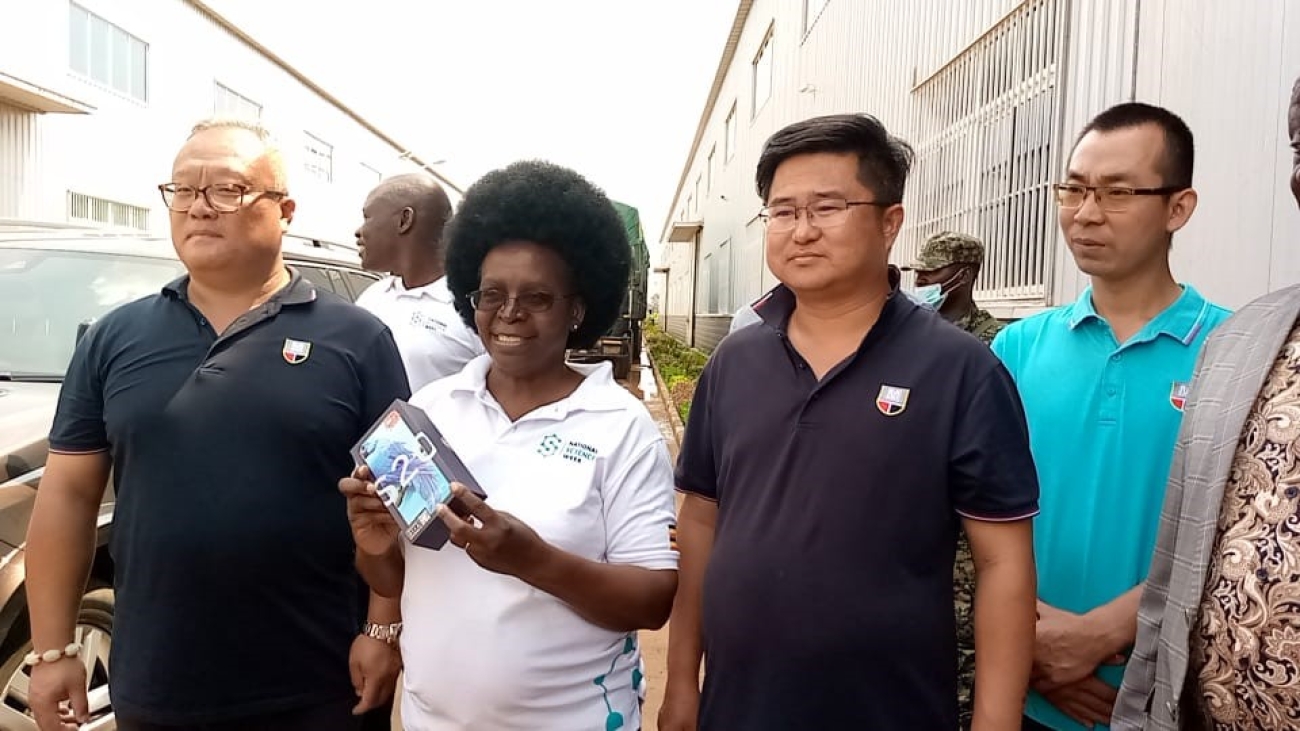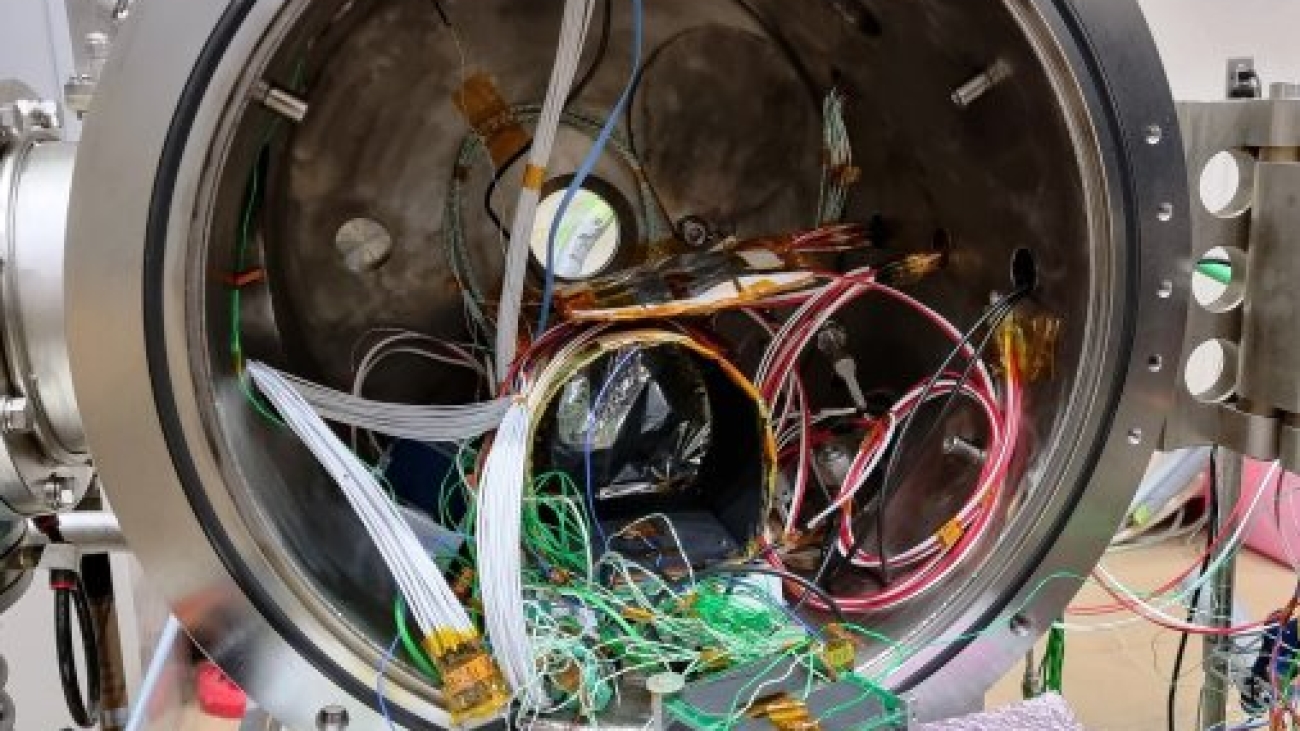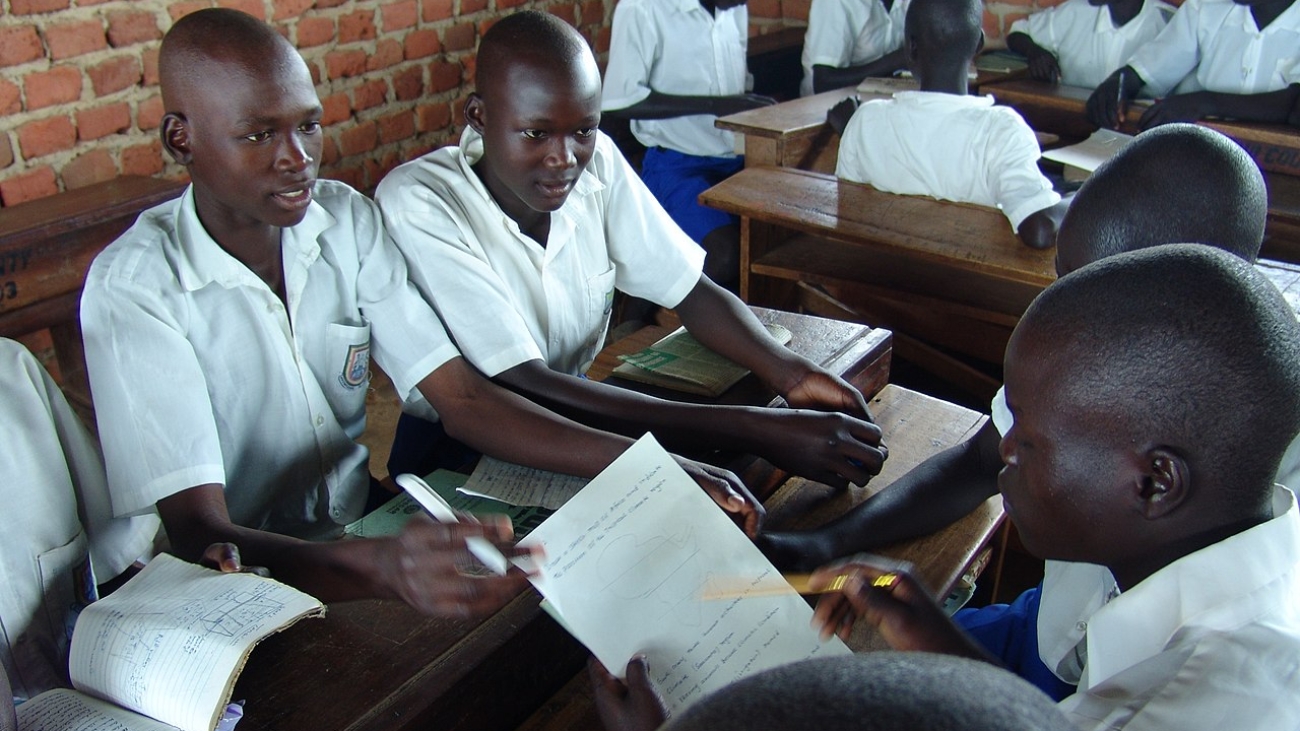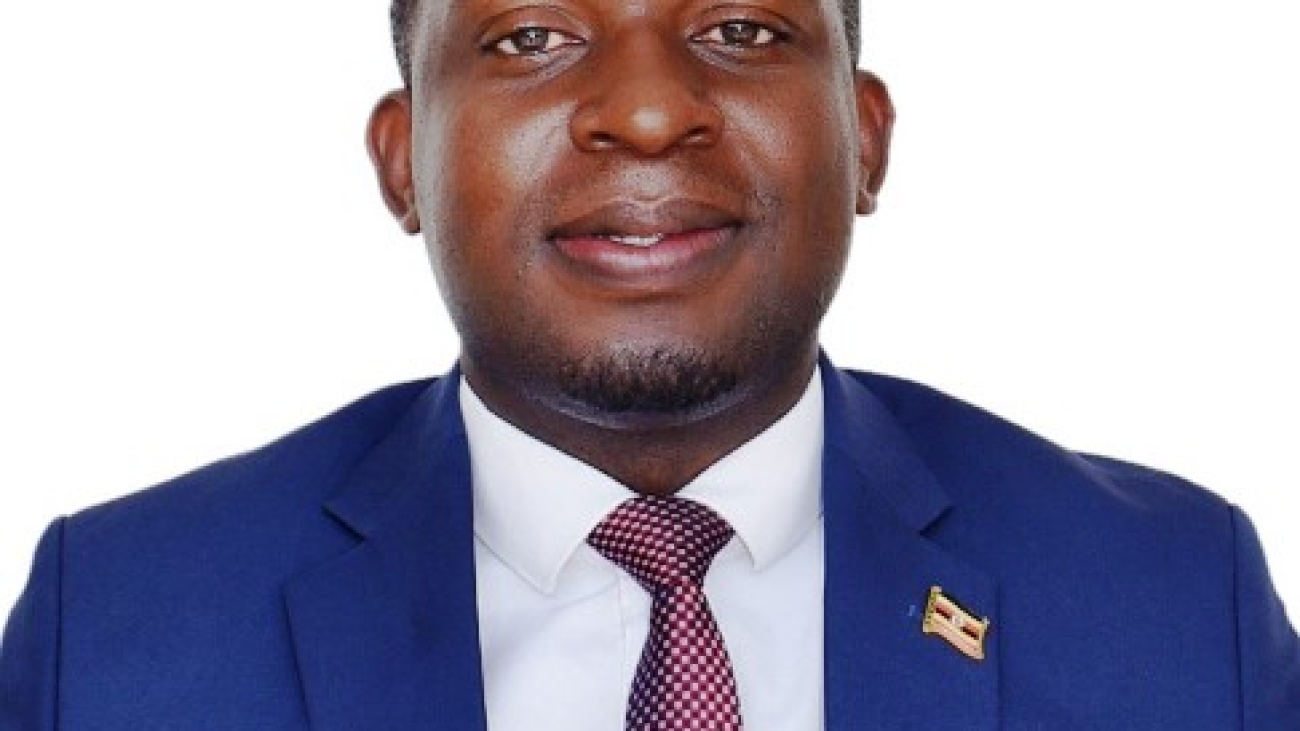By: Patrick Katagata – Secretary – Strategic Scientific Advisory Council & Think-tank

There has perhaps never been as much debate about science in my lifetime as has been, in recent times, about COVID-19, the contention regarding whether or not it was created; if, yes, why; and the indiscriminate socio-economic gloom it caused the world! Previously, albeit with comparatively less magnitude especially because its onslaught did not extend to all ends of the world, and, at least, not as heinously as did COVID-19, there was similar speculation about HIV. In Uganda today, with talk around LGBTIQA sending reverberating shockwaves, amidst the contention of whether or not inclinations thereof relate to nature or nurture, it is imperative that the road leading to any such scientific innovations as may be suspect to alter and/or interfere with recipients’ genetic constitution or behavioral dispositions, be cautiously trodden.
Unarguably, Science, Technology and Innovation (STI) is a hallmark for modern societal transformation, but left in the hands of unscrupulous stewards, it could also, conversely, be potentially obnoxious, more harmful than purge society of ills. In retrospect to the COVID-19 speculations, a March 8, 2023 Washington media relay, “Former CDC Director Robert Redfield Reveals the COVID-19 Virus Was Likely Created by Gain of Function Research Funded by Dr. Fauci and the NIAID” [https://greene.house.gov/news/documentsingle.aspx?DocumentID=370], furtherexasperates the already horrendous situation. Therein, Congresswoman, Marjorie Taylor Greene, argues that, “If we’re going to look into the origins of COVID, and fully understand where this virus came from…, if we go back to early 2020, when this was just starting…, we’ll see something interesting: that, while Dr. Fauci Dr. Anderson, Dr. Collins, Peter Danzig from eco health…; Dr. Aachen, Closs, and others were doing everything possible to shut down the Wuhan lab theory publicly, even though privately, they told each other, that COVID-19 looked engineered…”
Not everyone does science, let alone, excellently. And lest it turns out disastrous, for science to be functionally effective, there must be uncompromising technical and moral standards to comply with. Accordingly, this article seeks to debunk controversies around STI, and accentuate the inevitability, necessity, and requisite functional precaution. Due to its complexity and sensitivity among societies with varying values, and aspirations accruing from culture, religion, education, and nature, STI, is prone to delusion and/or abuse. It is, therefore, prudent that motives thereof be examined, sufficiently and explicitly elucidated to recipients to allay any suspicions, to pave for efficacy.
In the aforesaid Washington media relay, Congresswoman, Marjorie Taylor Greene, asks former CDC Director, Robert Redfield, about ‘lab-created’ COVID-19: “…did you know of any evidence… to confirm that it was not created in a lab?” He responds, “…unfortunately, I was excluded from those conversations, which I found retroactively very disappointing… I was obviously a virologist, and very engaged… had asked Jeremy Farrar, Tony Fauci and Tedros to have these conversations… When you have a group of people that decide there can only be one point of view that’s problematic… it’s antithetical to science…” If involved scientists disagree thus, how about lay-citizens, mere recipients of closed lab science?
In his “Message” to Omar Abdul Rahman’s book, “The Essentials of Science, Technology and Innovation Policy”, former Malaysia’s Prime Minister, Dr. Mahathir Mohamad, mentions that as far back as 28 February 1991, he gave a Way Forward to the Malaysian Business Council, nine challenges Malaysia needed to overcome by 2020 in order to develop. No. 6 was: “…establishing a scientific and progressive society that is innovative and forward-looking, not a consumer of technology, but a contributor to the technological civilization of the future.” President Museveni has, amidst frustration, relentlessly advocated STI for socio-economic transformation before Malaysia [1991], establishing Mbarara University of Science and Technology (MUST) in 1988. For Malaysia’s steady compliance to STI and Uganda’s lack thereof, the difference is visible regarding our socio-economic transformation trajectories.

